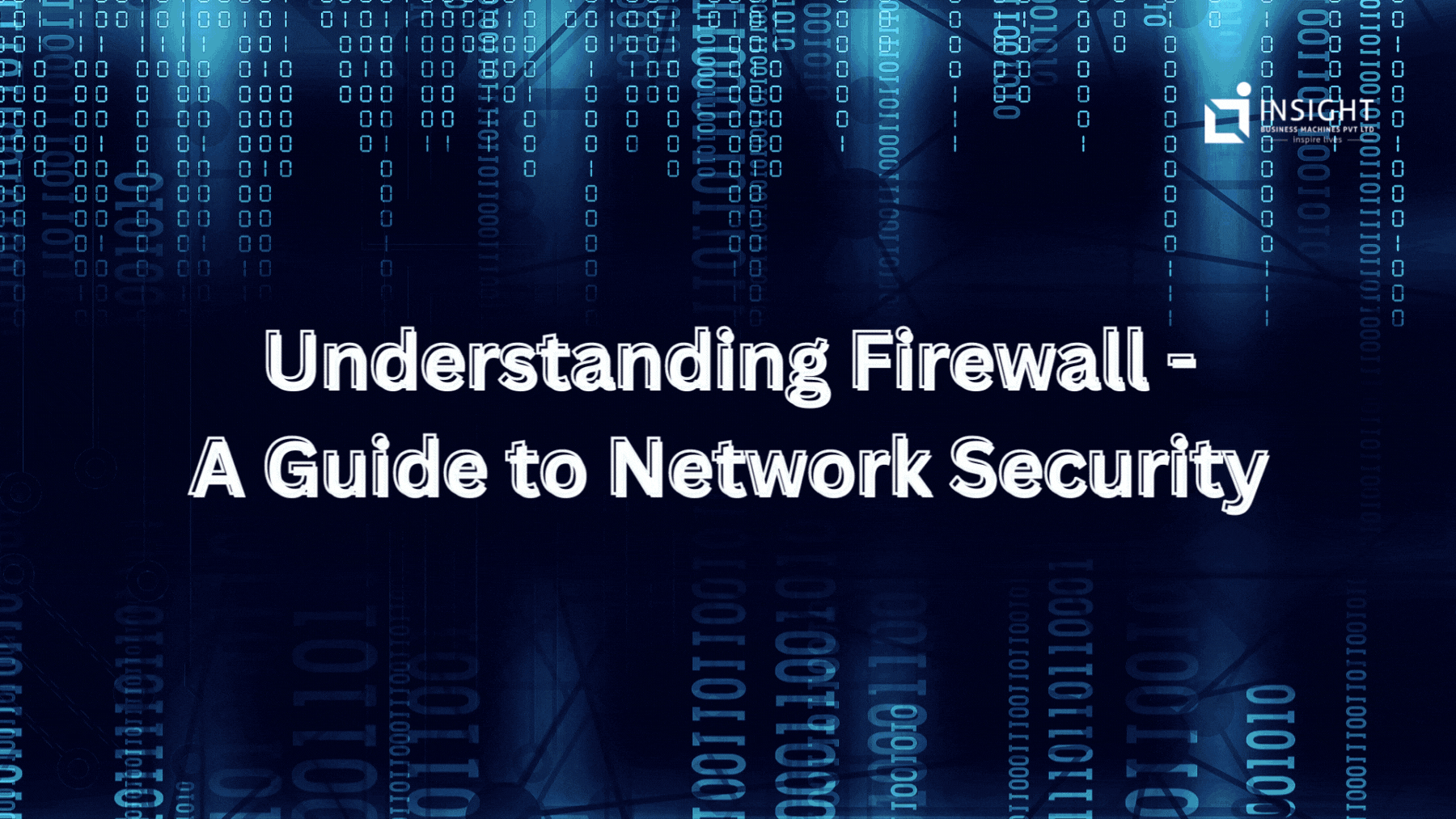
Understanding Firewall: A Guide to Network Security
Article
Introduction:
In today's digital age, where cyber threats are rampant, protecting our networks and data has become a top priority. One of the most crucial components of network security is a firewall. A firewall acts as a barrier between a trusted internal network and an untrusted external network, preventing unauthorized access and malicious attacks. In this article, we will delve into the concept of a firewall, its types, and its importance in maintaining network security.
What is a Firewall?
A firewall is a security device or software that monitors and controls incoming and outgoing network traffic based on predetermined security rules. It acts as a gatekeeper, examining each data packet and determining whether to allow or block it based on these rules. Firewalls can be hardware appliances or software applications installed on servers, routers, or individual devices.
Types of Firewalls:
Packet Filtering Firewalls: Packet filtering firewalls analyze individual packets of data based on predetermined rules. It examines the packet's source and destination IP addresses, ports, and protocols to determine whether to permit or deny it. While effective, packet filtering firewalls lack the ability to inspect the content of the packets, making them susceptible to certain types of attacks.
Stateful Inspection Firewalls: Stateful inspection firewalls combine packet filtering with an understanding of the context of the network connections. These firewalls keep track of the state of network connections and only allow packets that are part of established connections. Stateful inspection firewalls provide greater security than packet filtering firewalls by actively monitoring and controlling the flow of data.
Application-Level Gateways (Proxy Firewalls): Proxy firewalls act as intermediaries between an internal network and the internet. They receive incoming requests, inspect them, and forward them on behalf of the internal network. Proxy firewalls provide a high level of security by inspecting the content at the application layer. However, they can introduce latency due to the additional processing required.
Next-Generation Firewalls (NGFW): Next-generation firewalls combine traditional firewall functionality with advanced features such as intrusion prevention, deep packet inspection, and application awareness. NGFWs provide enhanced security by identifying and blocking sophisticated threats. They also offer granular control over applications, users, and content, making them suitable for modern network environments.
Unified Threat Management (UTM): UTM firewalls integrate multiple security features, such as firewall, antivirus, intrusion detection, virtual private network (VPN), and content filtering, into a single platform. This simplifies management and enhances overall security effectiveness.
Cloud Firewalls: These firewalls are specifically designed for cloud-based environments, providing security for virtual machines and cloud resources. They can be managed centrally and scaled according to the needs of the cloud infrastructure.
Importance of Firewalls:
Network Perimeter Defense: Firewalls act as the first line of defense for a network by preventing unauthorized access from the internet or other external networks. They help protect against hacking attempts, malware infections, and unauthorized data exfiltration.
Access Control: Firewalls allow organizations to control and enforce network access policies. By setting rules and policies, they determine which traffic is allowed, which is blocked, and which requires further inspection or authentication.
Traffic Monitoring: Firewalls provide visibility into network traffic, allowing administrators to monitor and analyse data flows. This helps in identifying suspicious activities, detecting potential threats, and responding swiftly to security incidents.
Compliance and Regulatory Requirements: Many industries and organizations are subject to specific compliance and regulatory requirements regarding network security. Firewalls play a crucial role in meeting these requirements by providing a secure network infrastructure.
Conclusion:
In an era of increasing cyber threats, firewalls are essential for protecting networks and data from unauthorized access and malicious attacks. By acting as a gatekeeper, firewalls enable organizations to establish a secure network perimeter, control access, monitor traffic, and comply with regulatory requirements. Understanding the different types of firewalls and their functionalities is crucial for implementing an effective network security strategy.